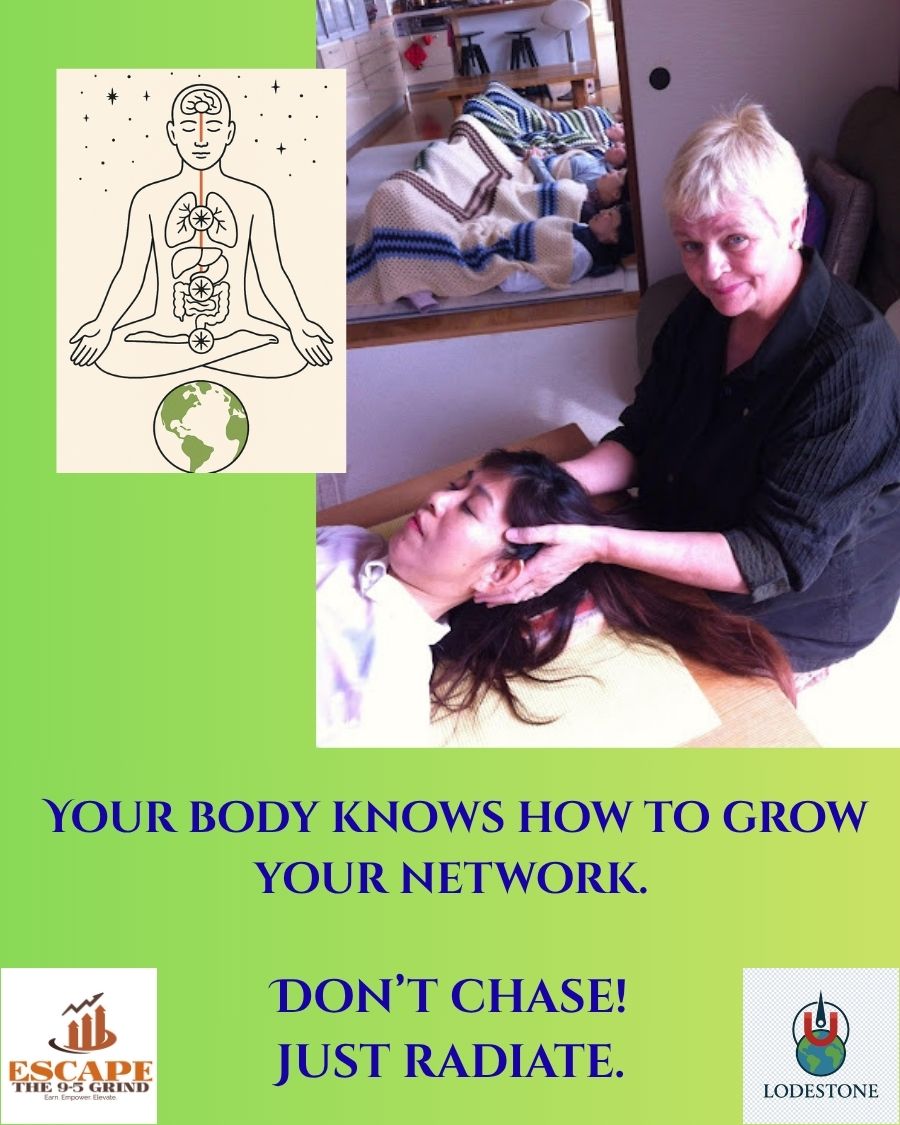
Lodestone 1 — 30-Day Audio Journey
Re-train your inner compasses with daily embodied transmissions.
Begin →
Nervous System Overload & Imposter Pressure Indicator
A short, body-based self-report tool to help you spot overload patterns early and choose a clear next step. Not a medical diagnosis.
After you submit, I review your responses and you can book a free results-interpretation session.


Re-train your inner compasses with daily embodied transmissions.
Begin →
Embodied leadership • Somatic recalibration • Real conversations.
Join the Q&A →
Why the body — not the mind — drives success, health & wealth.
View on Amazon →The 5-part training that started it all — simple, free, life-changing.





If you’re looking for a kinder, more human, more meaningful way to live, work, and earn, you’re in the right place. This short video orients you to everything waiting for you here. Let’s begin — together.
Step into my story →
Mentor · Guide · Author. I help purpose-led people build digital independence and legacy wealth through embodied practice and clear, compassionate action.
Step into my full story →


Ten moves to restore calm and direction when teams feel strain.
See the Solutions → Download PDF →
Six-week mentorship to create embodied digital income.
Apply for MCP →

The body drives success, health & wealth — not the mind.
View on Amazon →




Register for the weekly series.
Join the weekly live Q&A.
Touch Your Heart — live resets.
Sunday audio sessions.

Get the live link, reminders, and weekly embodiment tools.
